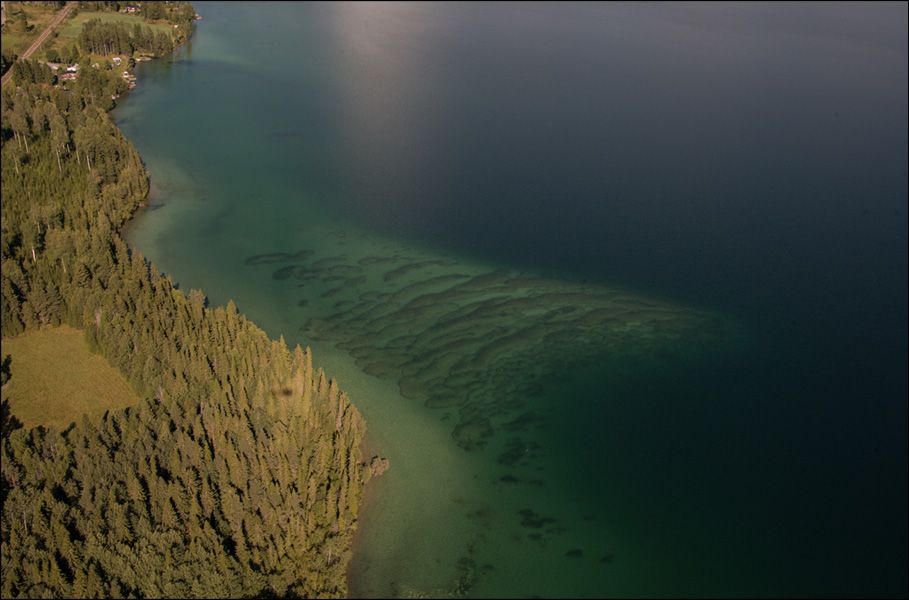
Lake Locknes with a rug of wreath algae on the bottom. Photo: Magdalena Thorsbrink, SGU
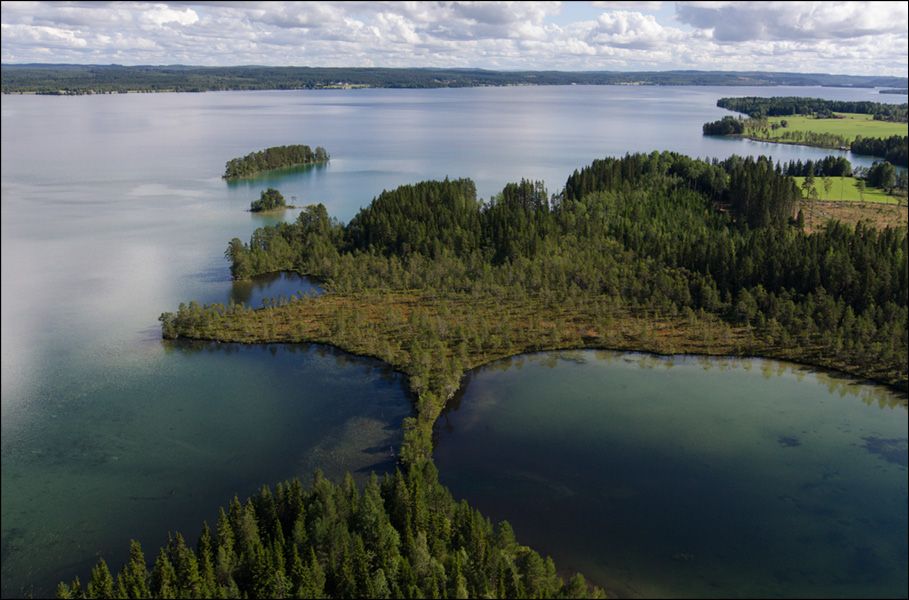
Lake Locknesjön photo: Magdalena Thorsbrink, SGU
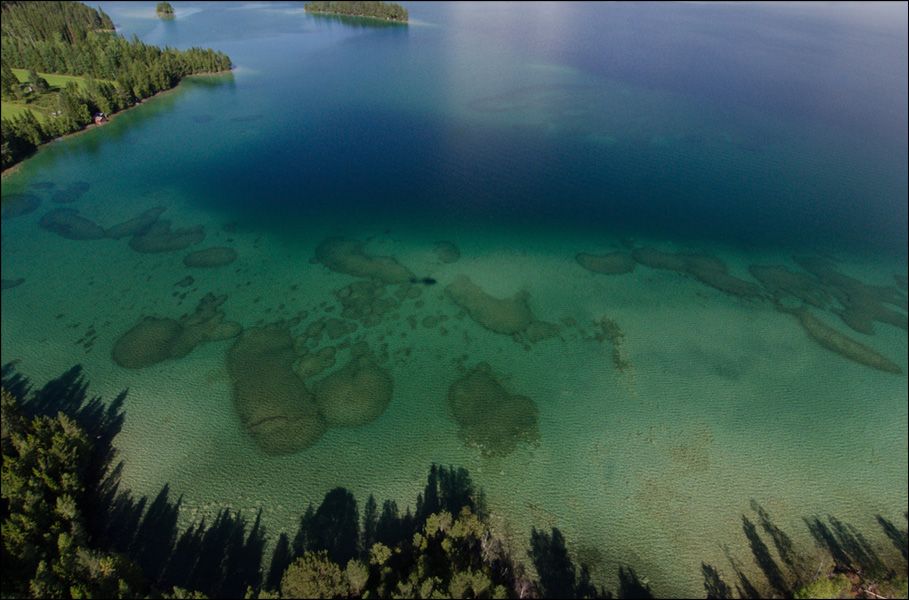
Lake Locknesjön Photo: Magdalena Thorsbrink, SGU
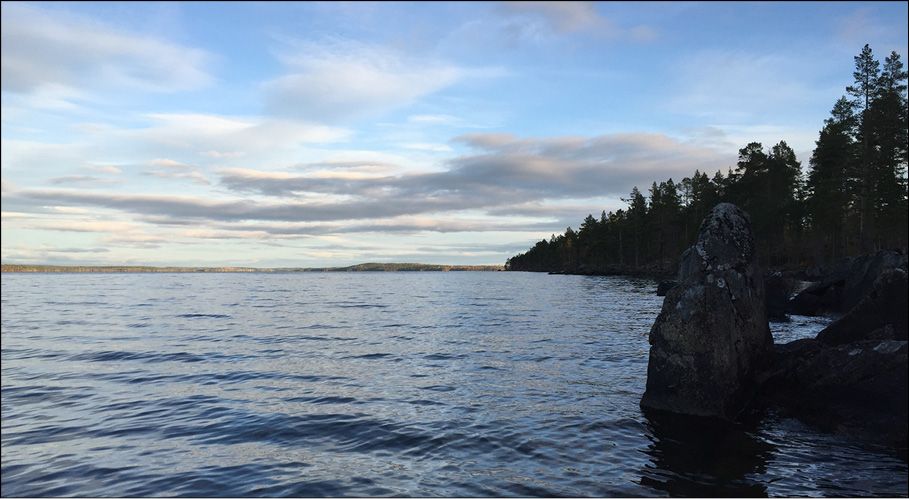
Lake Näkten
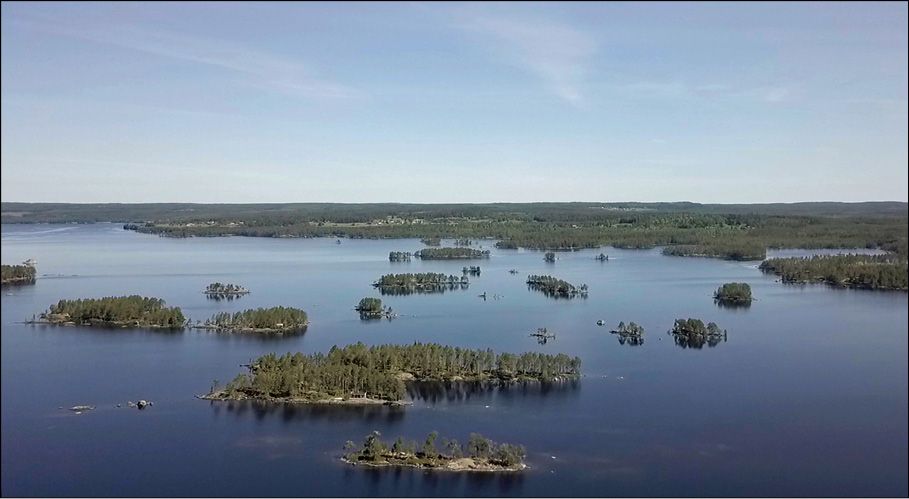
The archipelago of the Lake Näkten. Rumor has it 365 islands ..
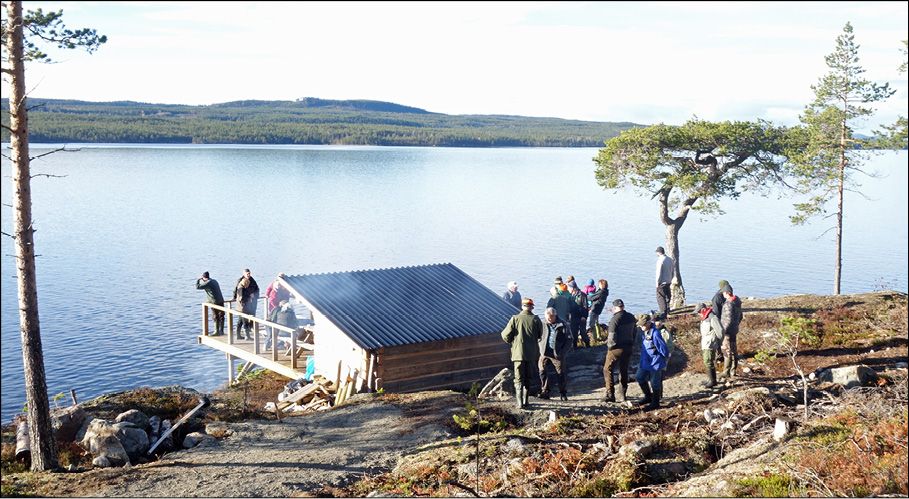
Trouting panning north of Sandnäset, East side of lake Näkten.
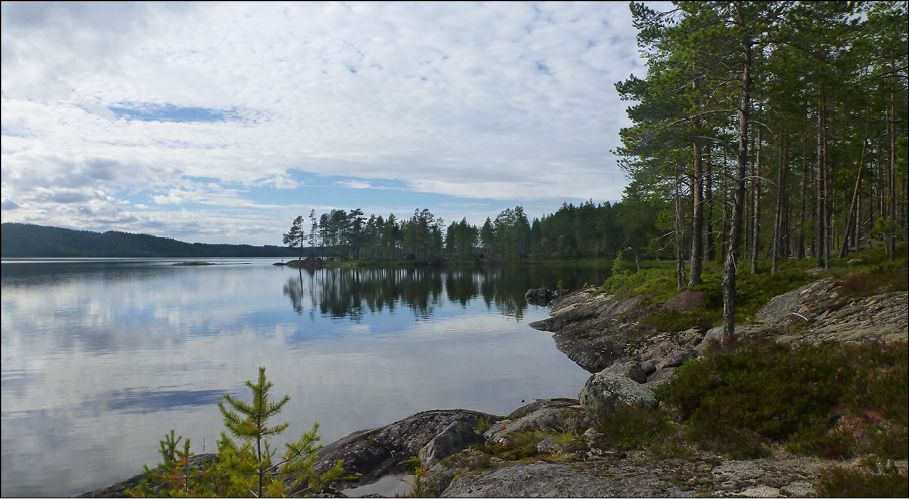
Lake Pån in the Gimå system.
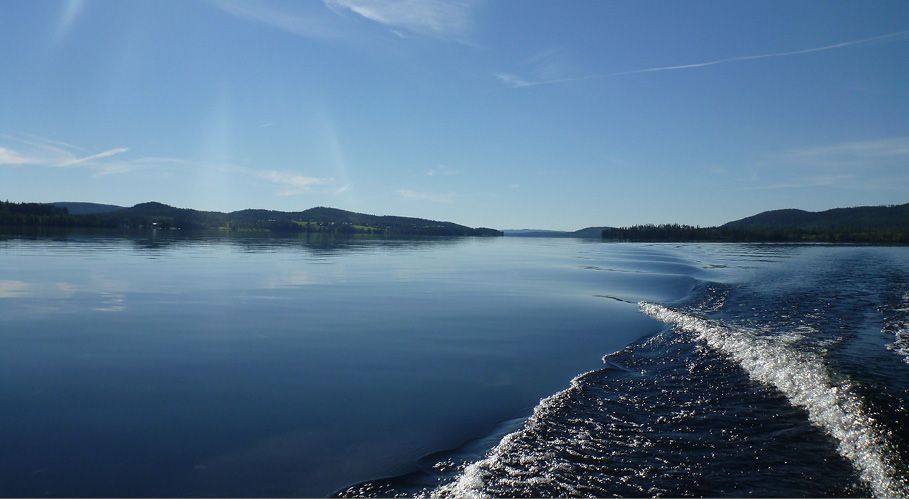
When Lake Revsundssjön lays still.
The lakes
All three lakes are relatively large. Lake Revsund has numerous bays and small sandy beaches, Lake Näkten has a unique archipelago of over 300 islands and lake Lockne is fed by groundwater with high mineral content which gives the lake a shimmering green water. The surrounding areas are dominated by coniferous forests, but there is also some farmland, villages and settlements spread in all three river basins. Most agricultural land is located around lake Lockne and the northern part of lake Näkten. The lakes are used for recreational fishing, drinking water supply and storage of water for hydropower (Näkten). They are also recipients of wastewater from buildings in the area.
There are relatively few data on water quality in the lakes, but we know that the water is cold and clear in all three of them and that nutrient concentrations and organic content are low in general. Higher levels may occur in some areas or at certain times, which indicates that parts of the lakes might be eutrophic. All three lakes have high, stable pH.
Lake Lockne and lake Näkten have long circulation times. This means that due to large volumes relative to few and small tributaries, it takes a long time to replace the water in the lakes, 13 years in lake Lockne and about eight years in lake Näkten. It also means that pollutants remain in the lakes for a long time. Lake Revsund has short turnover time - about three months - as it has many tributaries.
All three lakes carry populations of trout, char, grayling and whitefish. The populations of Arctic char, however, have dwindled and are small compared to what they used to be. Bullhead and Alpine bullhead can be found in the tributaries, and in some cases even freshwater pearl mussel. Compared to many other lakes in forested catchments the biological production is high. This is due to the clear waters that let plenty of sunlight in. Stoneworts thrive in the specific environment and they are characteristic species for this type of lake. The clear water also provides good conditions for insects and other invertebrates. The high organic production is also important for bird life, such as loons, who live on small fish in the lake. Otters are present and live mainly of fish in the lake's tributaries.
Measures for conservation
This type of habitat is very rare in both Sweden and Europe. It is mainly the high pH together with the clear water that makes them unique and valuable. Like the composition of species formed in and around the lakes.
In order to preserve the high natural values, it is important to curb the supply of nutrients and organic matter from sewage, agriculture, and forestry. Another important task is to remove the barriers for migrating fish in the lake inflows and outflows.



